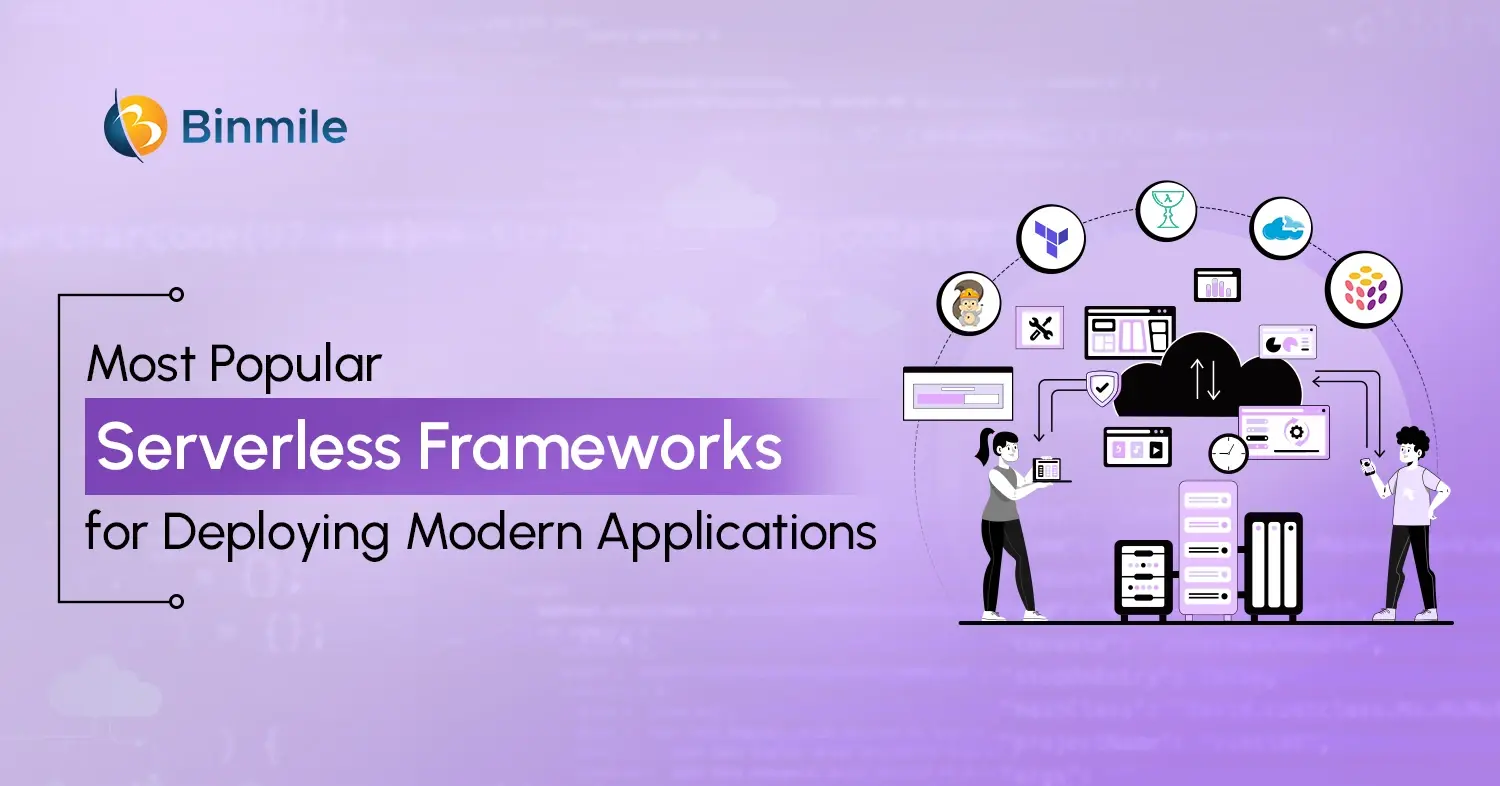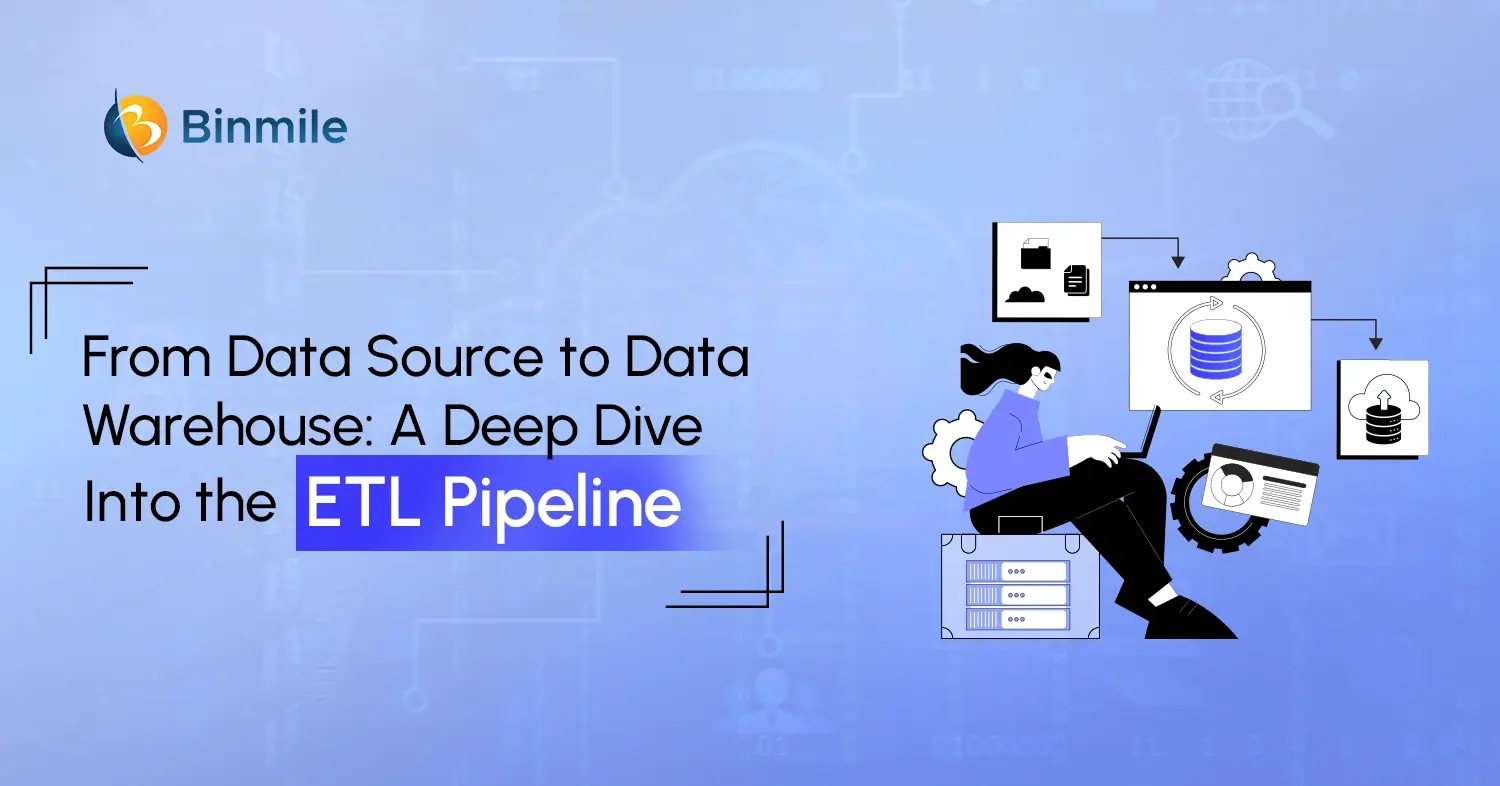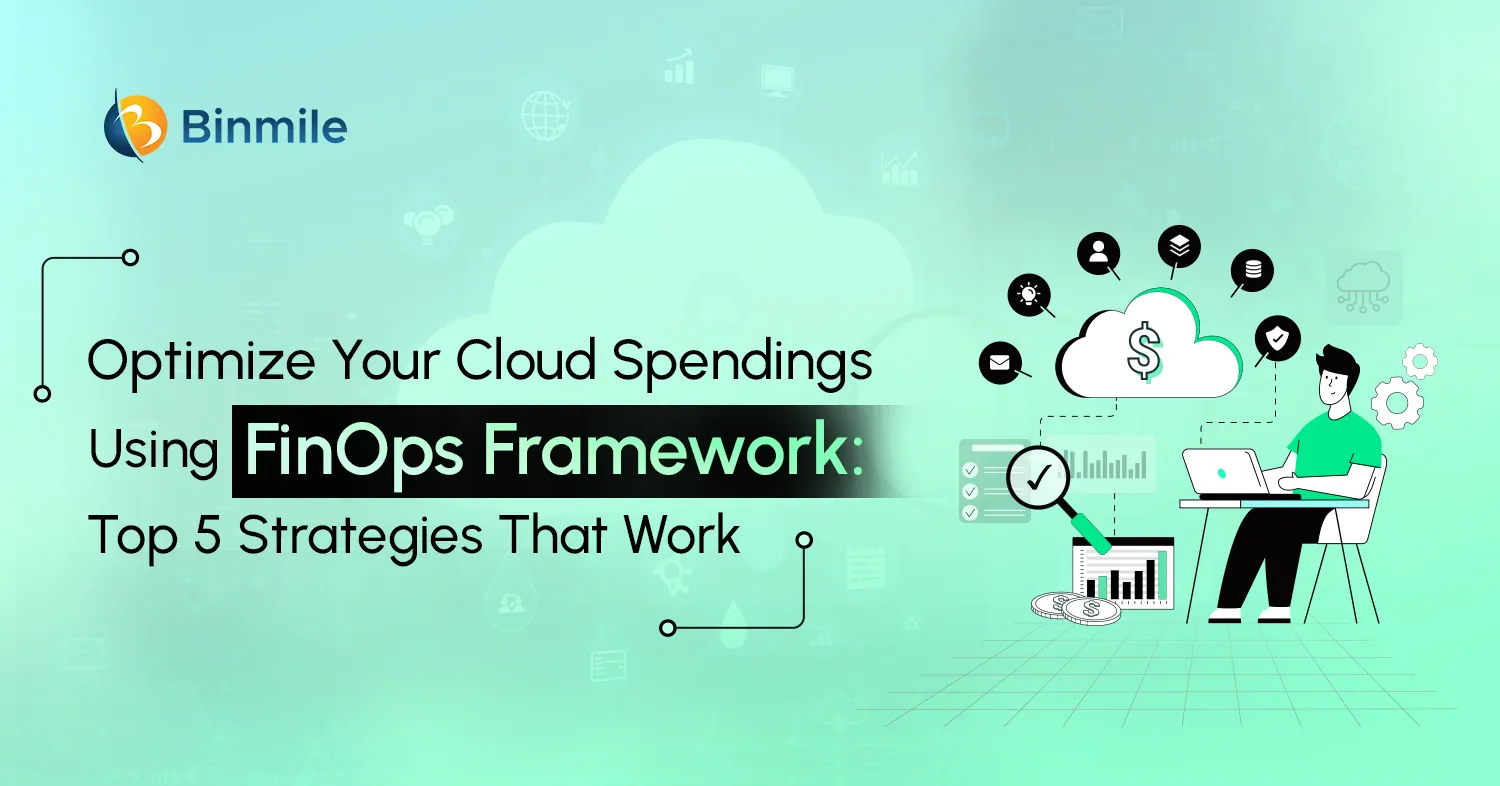- agnostic in software
- Benefits of Cloud Agnostic
- Benefits of Cloud Native
- cloud agnostic architecture
- cloud native application development
- cloud native devops with kubernetes
- cloud native microservices
- cloud native software development
- Cloud Native vs Cloud Agnostic
- cloud native vs cloud hosted
- kubernetes cloud native
Cloud computing has been a transformative force in modern business technology. After all, it offers seamless access to servers, networks, storage, development, cloud cost management tools, and applications via the Internet. Cloud computing also makes driving innovation, scalability, and efficiency easier and less costly. Your cloud service providers often assume these responsibilities, so instead of investing in equipment, training, and infrastructure maintenance, you utilize the services on the go. You must have encountered two major cloud computing solutions while searching for the perfect fit: Cloud Native vs Cloud Agnostic. What are these? Cloud-native architecture allows developers to build applications native to a particular cloud environment. In comparison, a cloud-agnostic architecture intends to design applications that can run seamlessly across any cloud platform.
On the surface, there’s no comparison between these two; their primary goal is to provide independence and flexibility to organizations. This is because cloud native is more of a philosophy that drives resilience and scalability, while cloud agnostic focuses on eliminating dependence upon any single provider. But then again, both work on different methodologies. So, as a business owner, you need to understand the differences and nuances between these strategies. It’ll help you optimize your cloud infrastructure, maintain a competitive edge, and respond to changing market demands. Therefore, in this blog, we’ll briefly introduce both cloud technologies, the key differences between these two approaches, and explore their strengths and weaknesses so that you can fully realize the potential of these two and decide the best path forward for your cloud journey!
Cloud Agnostic vs Cloud Native: Definition, Benefits & Key Features
What is Cloud Native?

Cloud Native is more than just a buzzword—it’s a comprehensive approach to designing, building, and operating applications that fully leverage the advantages of cloud computing environments. At its core, native cloud services create software designed to take advantage of the cloud infrastructure’s unique capabilities. Organizations that are looking forward to building highly scalable, flexible, and resilient applications utilize the modern tools and techniques offered by these cloud-native technologies. It lends them faster support and frequent changes to applications without impacting service delivery, providing adopters with an innovative, competitive advantage.
Major cloud providers that offer robust Cloud Native tools and services are Amazon Web Services (AWS), Google Cloud Platform, and Microsoft Azure, among others.
What are the characteristics of cloud-native computing?
1) Microservices Architecture: Cloud Native applications are typically built as a collection of small, independent services. Each service is designed to do one thing well, allowing for:-
- Easier maintenance
- Independent scaling
- Faster deployment cycles
- Improved fault isolation
2) Containers and Kubernetes Cloud-native: Containerization services are fundamental to cloud-native computing and help build robust, scalable, and efficient systems.
- Docker containers package applications with all their dependencies
- Kubernetes cloud-native orchestrates container deployment, scaling, and management
- Enables consistent environments across development and production
3) DevOps Practices: It brings agile practices like DevOps and continuous delivery (CD) and perpetuates modern design culture to build scalable applications rapidly.
- Automated testing
- Rapid and frequent deployments
- Close collaboration between development and operations teams
4) Scalability and Flexibility: This lets you build robust and highly available applications and empower companies to scale up app resources during peak seasons or demands:
- Automatic scaling based on demand
- Resilient system design
- Quick recovery from failures
What are Cloud Native Applications?
These applications are software programs with multiple small, interdependent services called microservices. Unlike traditional app development, where developers build monolithic applications on a single block structure (having all the required functionalities), cloud-native application development allows software developers to break the functionalities into smaller microservices.
That’s why it’s a preferred approach for many SDLC teams. Cloud-native applications are more agile, as these microservices work independently and require minimal computing resources. Cloud-native applications allow developers to set up, deploy, or duplicate microservices instantly, an impossible action with traditional applications.
4 Benefits of Cloud Native for Your Business
As discussed above, cloud-native application development can easily replace traditional monolithic application architecture while utilizing the power of cloud, microservices, and containers. However, it does more; this development method also improves both the development process and the application itself. Its other benefits are:
- Enhanced Scalability: Cloud Native applications can easily scale up or down based on real-time demand, ensuring optimal resource utilization and performance.
- Faster Time-to-Market: Microservices and containerization services enable rapid development, testing, and deployment of new features.
- Cost Optimization: Efficient resource allocation and the ability to use precisely what you need to help reduce infrastructure costs.
- Zero Downtime: With container orchestrators such as Kubernetes, you can deploy a software update with essentially zero downtime.
What is Cloud Agnostic?

Cloud Agnostic architecture refers to a strategy of building applications and infrastructure that can operate across multiple cloud providers without significant modifications. It’s primarily designed to migrate seamlessly between multiple cloud platforms or between on-premises and cloud in a hybrid model without disruption of service. The central principle of a cloud-agnostic approach is to aid seamless portability independent of the underlying OS, ensuring no limited disruption of the workloads in cloud migration services while enhancing cost efficiencies.
What are the characteristics of Cloud Agnostic?
- Avoiding Vendor Lock-in: The primary goal is to prevent dependency on a single cloud provider’s proprietary technologies.
- Multi-Cloud Compatibility: Applications are designed to:
1. Run seamlessly across different cloud environments
2. Utilize standard, portable technologies
3. Minimize provider-specific dependencies
4 Benefits of Cloud Agnostic for Your Business
- Portability: It ensures that an application works independently of the platform and can seamlessly migrate from one cloud platform to another.
- Consistent performance: It lets companies set a standard of performance (speed and scale) independent of the platform or infrastructure the app or service is running on.
- Cost optimization: Pricing models can switch between cloud providers; therefore, cloud-agnostic applications can easily migrate and run on the cloud platform, delivering the best cost savings.
- Avoid vendor lock-in: It ensures that companies are not subject to one operating platform but have the freedom to move applications as they see fit.
Cloud Native vs Cloud Agnostic: Understanding 7 Key Differences

Cloud computing has revolutionized the way businesses operate, offering unprecedented flexibility, scalability, and efficiency. While both cloud natives and cloud agnostics offer significant benefits, understanding their nuances is crucial for making informed decisions. So, to help you fully realize your cloud optimization services, we’re delving into the key differences between these two approaches, exploring their strengths and weaknesses to help you determine the best path forward for your cloud journey.
1. Vendor Lock-In
- Cloud Native: High risk as applications are tightly integrated with specific cloud provider services and technologies, making it difficult and costly to migrate to another provider.
- Cloud Agnostic: There’s a low risk of vendor lock-in since applications are designed to be independent of any specific cloud platform. This allows for easy cloud migration services and flexibility in choosing the best provider.
2. Portability
- Cloud Native: It’s pretty limited as applications are complex to move between different cloud environments due to their reliance on specific cloud provider services.
- Cloud Agnostic: Applications can be easily moved or ported between different cloud platforms without significant changes or disruptions.
3. Development and Deployment
- Cloud Native: It offers faster market time; therefore, leveraging cloud-specific features and services allows you to streamline development and deployment processes.
- Cloud Agnostic: It may require more integration work and customization to adapt to different cloud environments, so its time to market may be slower.
4. Cost
- Cloud Native: It’s more cost-effective in the long run, especially for organizations relying heavily on a single cloud provider’s services.
- Cloud Agnostic: It demands additional investment in tools and technologies to ensure compatibility across multiple cloud platforms, which can be expensive.
5. Complexity
- Cloud Native: It’s challenging and can be more complex to manage and maintain, especially for organizations with limited cloud expertise.
- Cloud Agnostic: Much more straightforward and easier to manage, as it often involves using standardized tools and technologies.
6. Innovation
- Cloud Native: Greater access to cutting-edge technologies and innovations offered by specific cloud providers.
- Cloud Agnostic: May have limited access to certain cloud-specific features and services.
7. Scalability and Flexibility
- Cloud Native: Excellent scalability and flexibility within the chosen cloud environment.
- Cloud Agnostic: Offers good scalability and flexibility across multiple cloud platforms but may require additional effort to optimize performance in each environment.
Maximize scalability & performance with customized Azure and AWS cloud consulting solutions designed for your business & tailored for your success.

Cloud Native vs Cloud Agnostic: Which Approach is Right for You?
The choice between Cloud Native vs Cloud Agnostic depends primarily on your business’s unique requirements, priorities, and budget. Evaluating your options is important because a lot depends on them carefully. Not only should you pay only for the resources you use, but a fixed, inflexible infrastructure also leads to financial and operational loss. However, we recommend a hybrid approach, combining elements of both cloud-native and cloud-agnostic. However, we’re listing a few questions for you to answer before choosing either of them to experience cloud optimization services for your organization.
When to Choose Cloud Agnostic:
- If your top priority is to avoid vendor lock-in and maintain the freedom to switch cloud providers, a cloud-agnostic approach is ideal. It provides maximum flexibility and ensures you’re not tied to a single vendor.
- Your business requires a multi-cloud strategy to leverage the strengths of different cloud providers; a cloud-agnostic approach is crucial. This allows you to optimize your infrastructure and costs by utilizing the best services from each platform.
- With limited resources and budget, a cloud-agnostic approach can be more cost-effective in the long run. By avoiding vendor-specific services and tools, you can potentially reduce costs and maintain control over your cloud spending.
- If you are building for the long term and want to ensure your applications remain adaptable to future cloud technologies and market shifts, a cloud-agnostic approach is recommended. This provides greater flexibility and future-proofs your investments.
When to Choose Cloud Native:
- If your business demands rapid development and deployment of new features and services, cloud-native is the ideal choice. By leveraging cloud-specific services like serverless computing, managed databases, and container orchestration, you can accelerate development cycles and bring new products to market faster.
- When an application requires high scalability and performance, cloud-native services can provide significant advantages. Utilizing cloud-native services designed for scalability and performance ensures your applications can handle peak loads and deliver optimal user experiences.
- Your application requires deep integration with specific native cloud services; cloud-native can offer the most seamless and efficient integration. This allows you to fully leverage the power of cloud-specific features and capabilities.
- You’re committed to a single cloud provider and willing to accept the potential for vendor lock-in; cloud-native can provide the most optimized and efficient solution. This allows you to maximize the benefits of a specific cloud provider’s ecosystem.
Streamline your IT infrastructure with tailored consulting services that improve efficiency, security, and overall performance and bring tangible value to your business.

Wrapping It Up
Cloud computing has redefined how modern businesses can access and manage data and applications from anywhere. One of the two approaches that have furthered this transformation is cloud natives vs. cloud agnostic. The choice between cloud-native and cloud-agnostic is not uni-dimensional since both have ups and downs. However, there’s no absolute answer to which is better: cloud native vs cloud agnostic. Your business objectives and needs should primarily drive your decision. We believe multi-cloud management is the way ahead and that these two can be complementary solutions and support each other to cancel out the cons of each solution.
The key to effectively utilizing cloud computing services is to remain flexible, continuously learn, and align cloud strategy consulting with business objectives. Hopefully, this blog has helped you understand the nuances of both cloud native and cloud agnostic architectures to enable you to make informed decisions and drive success in the evolving digital world. Additionally, you can consult a cloud consulting services company. They can help you align your cloud computing needs with your specific needs and long-term goals and choose the approach that best supports your cloud journey!
Every cloud computing-related answer is a ring away. Contact us today and shoot your question, whether it’s about cloud native vs. cloud agnostic or hybrid applications, we’ve got you covered!









